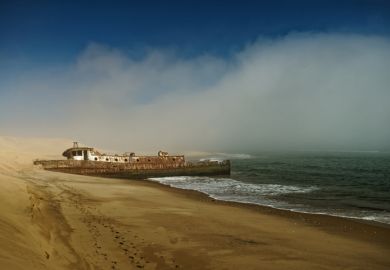This book focuses on the years from 1250 to 1550, a period that saw the transformation of many of England's social and economic structures.
These years have traditionally been seen as ones in which, under the shadow of the social instability and depopulation caused by the Black Death, great lords lost power and influence, new social groups emerged and new industries and production techniques were pioneered and adopted. As a result, the years around 1500 conventionally mark the dividing line between the medieval and the early modern periods.
Christopher Dyer confirms this overall view of the period as transitional, but suggests that many of the tendencies of the end of this period had their roots in the century before the Black Death, the ravages of which accentuated the speed of change rather than dictated it.
Dyer also places a fresh emphasis on the role of the peasantry rather than the aristocracy in crafting, negotiating and implementing new economic and social structures. He stresses the complexity and multi-faceted nature of medieval society, arguing that the traditional stories we tell of it (and that contemporaries told of themselves) are too one-dimensional to do justice to the realities of lords' and peasants' existence and strategies.
The book, which is based on the Ford Lectures of 2001, approaches its subject through a number of thematic chapters on "Community and privacy", "Authority and freedom", "Consumption and investment", "Subsistence and markets" and "Work and leisure". In each, Dyer first surveys the conventional story told of the period, then uses a variety of evidence to show that the reality was much more complex.
In particular, he argues that the lower ranks of society had a more active part to play in the development of events, and that medieval individuals were more intelligent and creative in their responses to changing circumstances than has often been appreciated. Traditional claims of control over the peasantry by the great lords look strong on the surface, in the picture presented by contemporary legislation and social commentators, but the reality was very different. Lords were in fact heavily reliant on the peasantry for much local administration, and peasants can be seen to have ordered their own lives with remarkable freedom and using a wide range of successful strategies. For example, Dyer cites the evidence of wills and land transfer records to show that peasants were using a variety of devices to manipulate inheritance and land transfers in the ways most favourable to them at any given time over this period.
Dyer's account brings to the fore "a previously hidden group of people", one below the gentry but many steps above the caricature of a medieval peasant. He emphasises their plurality in landholdings, occupations and connections to town and country, but they had in common a reliance on the market, a sense of attachment to family and community, and "puritan" social attitudes.
This group of people presaged the modern age in their essential independence of traditional categorisations; it also stands against the often-told story of the 15th century as one of decay, recession and social fragmentation. In their experience of the 15th century, "new buildings were being constructed, land was being carefully cultivated, money was being made... Lords were shadowy figures, of no great significance to these workers and traders who pursued their own lives."
In the chapter on consumption and investment, Dyer argues persuasively that the "consumer revolution", which has been identified for the 18th century, had its roots firmly in the changes that took place in the late medieval period. Important changes in consumption and consumer attitudes took place in the period 1375-1520, with knock-on effects for the economy as a whole and for investment and the commercial infrastructure in particular.
As Dyer points out, consumption and consumer behaviour in the medieval economy have been relatively neglected as fields of inquiry, and addressing this imbalance leads to a reassessment of the medieval economy as a whole.
Historians' concentration on production has tended to result in a pessimistic assessment of the period, whereas looking at consumption reveals its more affluent aspects.
This book would make an ideal introductory text for students of medieval economy and society, providing as it does an up-to-date survey of scholarship on the late medieval period and summarising the structures that were in place by about 1500. Its fresh insights into the timescales and mechanisms of social and economic change will also be of interest to scholars of the period and to those whose interests lie primarily in the economy and society of the early modern and industrial periods.
Reverend Miranda Threlfall-Holmes is honorary fellow, department of history, Durham University.
An Age of Transition? Economy and Society in England in the Later Middle Ages
Author - Christopher Dyer
Publisher - Oxford University Press
Pages - 293
Price - £35.00
ISBN - 0 19 822166 5



